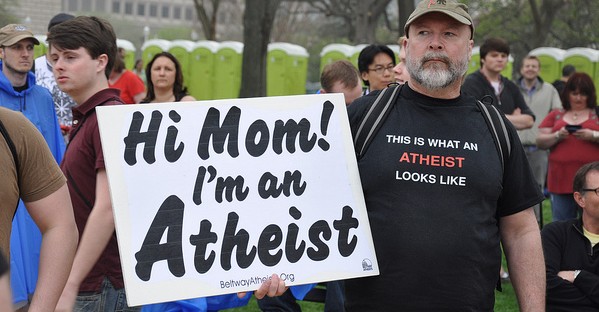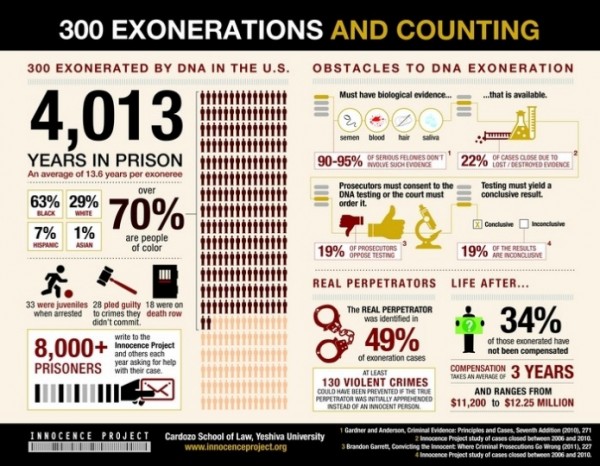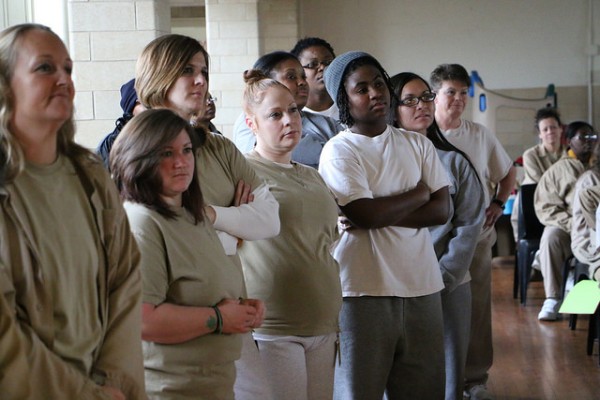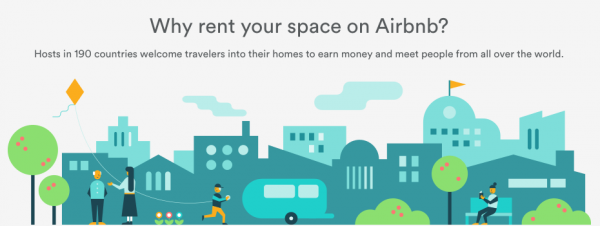
In July 2015, four California state prisons began supplying condoms to prisoners, and more will follow suit in the next next five years. California, however, is only the second state to address infectious diseases in prisons. Prison officials are skeptical of the new law, though its ability to slow the spread of HIV and other sexually transmitted diseases among inmates may prove significant.
Sexual contact amongst U.S. prisoners is a complex issue emanating from societal expectations of sexuality and masculinity. Many of those who are incarcerated are young, unmarried, working-class men who are effectively cut off from the outside world and heterosexual encounters. As a result, many who identify as straight engage in male-to-male sex behind bars. This “institutional homosexuality” separates sexual behavior from sexual orientation.
- Russell K. Robinson. 2011. “Masculinity as Prison: Sexual Identity, Race, and Incarceration.” California Law Review 99(5):1309-1408.
Preventing the spread of sexually transmitted diseases in prison populations is a complicated matter. In the past, condom distribution was refused for two main reasons: the denial that male-to-male sex occurred in prison, and the illegal status of such encounters. To slow the spread of sexually transmitted diseases in prison and when inmates are released, both facts must be acknowledged.
- Trevor Hoppe. 2013. “Controlling Sex in the Name of ‘Public Health’: Social Control and Michigan HIV Law.” Social Problems 60(1):27-49.
- Cindy Struckman-Johnson, David Struckman-Johnson, Lila Rucker, Kurt Bumby, and Stephen Donaldson. 1996. “Sexual Coercion Reported by Men and Women in Prison.” The Journal of Sex Research 33(1):67-76.
U.S. prisoners are guaranteed access to health care. Unfortunately, rather than receiving cost effective, preventive measures to combat STIs, inmates usually only receive treatment after contracting one—and that’s costly in terms of money and health.
Sara Anderson will graduate from University of the Pacific in May 2016 with a degree in social sciences. She will attend law school in the fall.








